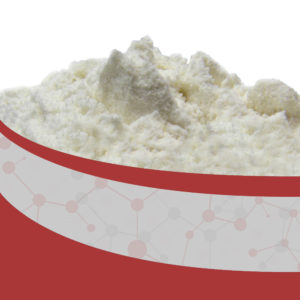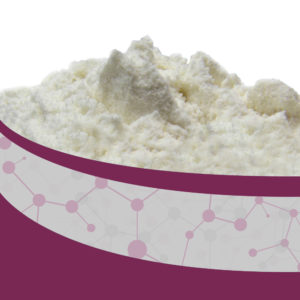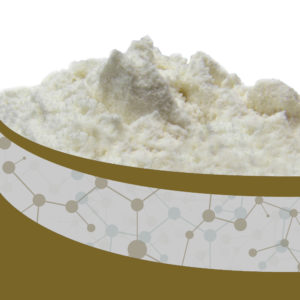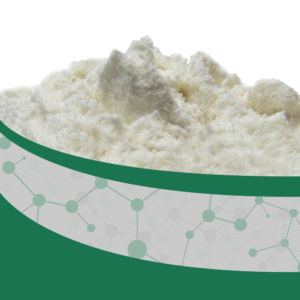Description
Lidocaine is a drug from the amide group of anesthetics. Anesthetic drugs are the ones that make a particular region of the body or the entire body unconscious and numb. The action of this drug is to produce local anesthesia, and hence it is a local anesthetic agent. Lidocaine is probably one of the most frequently utilized drugs in a hospital setting, particularly in a surgical emergency. It carries out its actions by interacting with the ion channels and membranes. Considering the tendency of this drug to affect the electric current across membranes, it can also be used as an anti-arrhythmic agent.
BASIC INFO:
- Model number:
- CAS number: 137-58-6
- Name: Lidocaine.
- Trademark:
- Specifications: An amide-derived anti-anesthetic agent.
- Mf:
- MOQ:
- Sample:
- Transport Package:
- Original:
PRODUCT SPECIFICATIONS:
- Treatment and Function: An anesthetic agent used to produce local or regional anesthesia.
- Physical Form: White to Yellow White Crystalline Powder.
- Medicine Type: Human Drugs.
- Ingredients: Lidocaine API.
- Recommended for: Person who is undergoing any kind of surgical procedure.
- Storage: Keep this drug in a well-ventilated area at the average temperature of a room.
USES:
To carry out any type of surgical management, a doctor must prevent the pain halt the ongoing procedure. For this purpose, anesthetics are used, making the surgical area numb and painless. Lidocaine is one of the anesthetics used to induce anesthesia and analgesia. In fact, lidocaine is the most commonly used anesthetic drug to produce local or regional anesthesia. Sometimes, it can also be used to deal with heart arrhythmias.
CHEMICAL COMPOSITION:
Lidocaine has an IUPAC name of 2-(diethylamino)-N-(2,6-dimethylphenyl)acetamide, while the molecular formula for this substance is C14H22N2O.
PRODUCT APPLICATION:
Anesthetic agents work by stabilizing the neuronal membranes. Lidocaine carries out this action by diffusing into the axons of the nerve cells and binding to the sodium ion channels from the inside. This binding of receptor and lidocaine keeps the sodium ion channels open and prevents any kind of nerve impulse. When a considerable region of an axon is prevented from depolarization by this way, the nerve impulse is not transmitted forward, and the area supplied by the respective nerve fiber goes numb and painless. This enables the surgeons to perform a surgery without afflicting pain to the patient.
PHYSICAL AND CHEMICAL PROPERTIES:
- Melting Point – 68℃
- Density – 1.0±0.1g/cm3
- Form – Crystalline Powder.
- HS Code – 29242990/29420090
- Color – White or slightly yellow.
- Molecular Weight – 234.343g/mol
- Solubility – Soluble in water.









